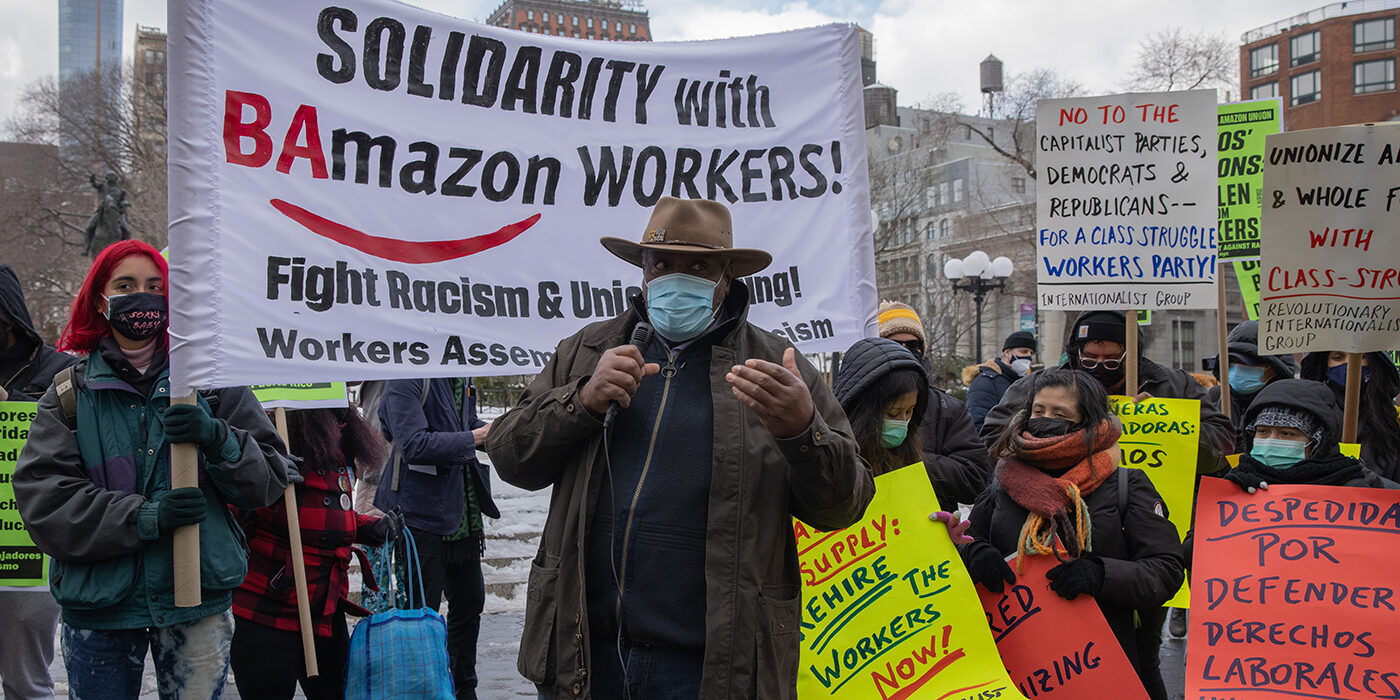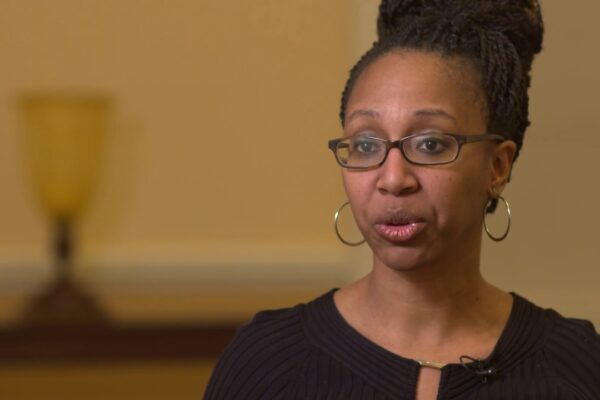America is at a crossroads. Following the profound economic and social disruption caused by the COVID-19 pandemic, the United States has the opportunity to enact policies that produce more racial and economic parity. Or, we can do nothing, which will deepen already existing inequalities, warns Adia Harvey Wingfield, the Mary Tileston Hemenway Professor in Arts & Sciences and vice dean of faculty development and diversity at Washington University in St. Louis.

Factors like technological advances, increased automation and the growth of low-wage work in the service industry have led to a decline in stable employment options, according to Wingfield. As a result, workers are seeing fewer financial gains even though they are putting in as many hours as they ever have.
“We live in a profoundly unequal society with limited social mobility. This is the result of decades — centuries even, in some cases — of policies designed to maintain certain types of inequalities,” said Wingfield, whose research examines how racial and gender inequality persists in professional occupations.
Wingfield said legislation that makes it harder for employees to unionize and raise the minimum wage amount to deliberate attempts to sustain economic and racial inequality. Companies’ increased reliance on contract workers who — by nature of their job classification — are not entitled to benefits has only made existing inequalities worse. These policies coexist with long-term ones like redlining and gerrymandering, which perpetuate racial inequality.
‘Much of this will depend on whether workers, organizers and others are able to leverage sustained pressure to change the types of institutionalized policies that perpetuate inequality. The only way we move past the effects of these policies is to enact ones that are specifically designed to reverse their effects.’
Adia Harvey Wingfield
Even as the U.S. becomes increasingly more diverse, Black and Latino/a workers tend to be overrepresented in “bad jobs,” or those that provide low pay, few benefits and little stability, Wingfield said. By the same token they are less likely to land in “good jobs,” those that pay well and provide comfortable retirement, paid leave and insurance.
According to Wingfield, to address systemic racism in the workplace, organizations should shift their hiring processes to reach beyond managers’ existing networks while democratizing access to leadership training.
They should also be mindful of a process she terms “racial outsourcing,” in which the work of making organizations more accessible to communities of color falls on the few Black workers they employ — often without additional compensation. For example, Black doctors are frequently tasked with addressing the institutional barriers that prevent Black workers from entering the field of medicine and Black nurses often take on the work of advocating for patients who might otherwise be overlooked.
Given that, as Wingfield notes, 70% of Americans believe the current economic system unfairly benefits the wealthy, there might be hope for change. Wingfield describes two possible paths going forward. In one potential outcome, nothing changes — inequality persists in an ever-more precarious economy and amid rising white supremacy. Alternatively, a multiracial coalition would form that demands better jobs and pushes for an increase to the minimum wage, while leaders institute tangible consequences for racial abuses within organizations.
“Much of this will depend on whether workers, organizers and others are able to leverage sustained pressure to change the types of institutionalized policies that perpetuate inequality. The only way we move past the effects of these policies is to enact ones that are specifically designed to reverse their effects,” she said.
A few initiatives that research shows could reduce various types of inequality include implementing paid family and sick leave; eliminating barriers to unionization; and implementing baby bonds, a proposed government policy in which every child would receive at birth a publicly funded trust account, with the potential for more generous funding for lower-income families.



